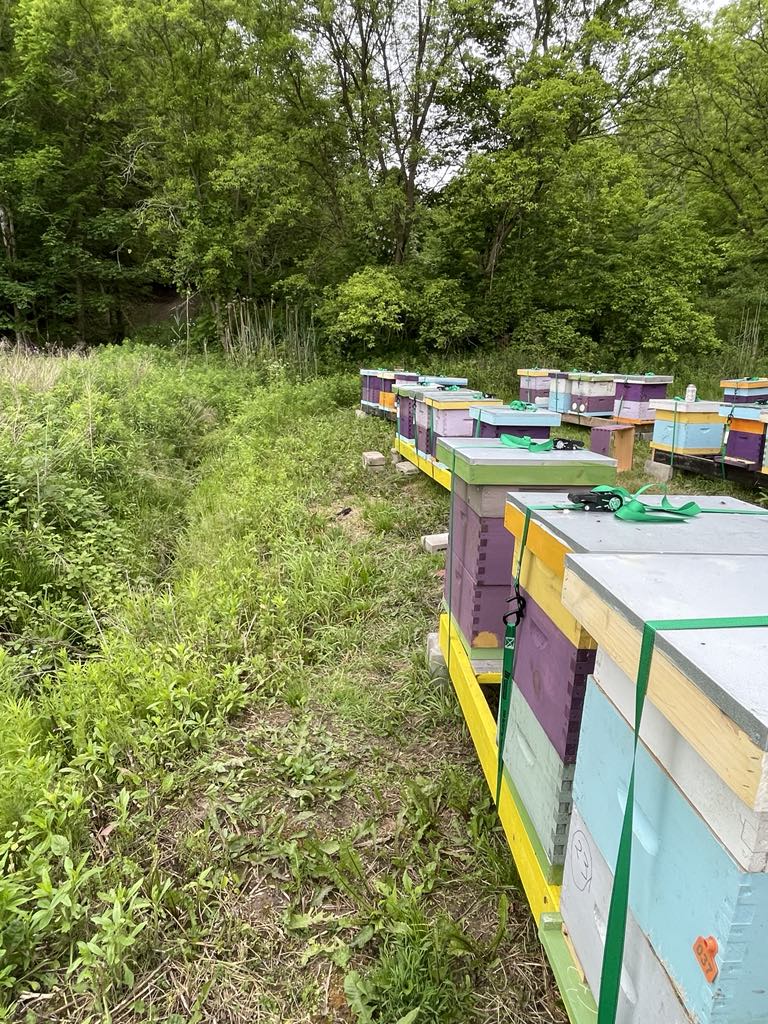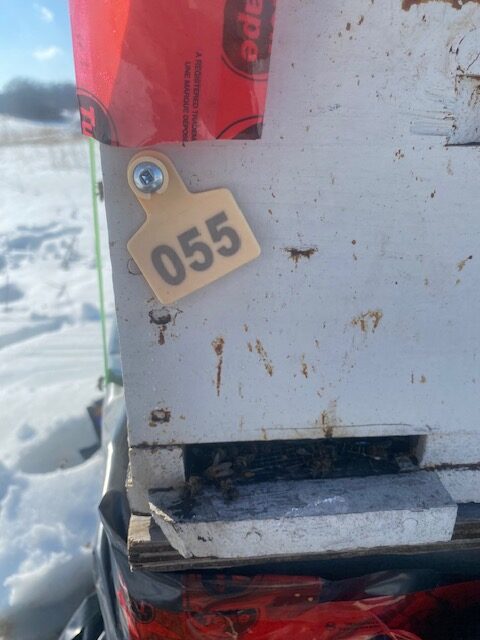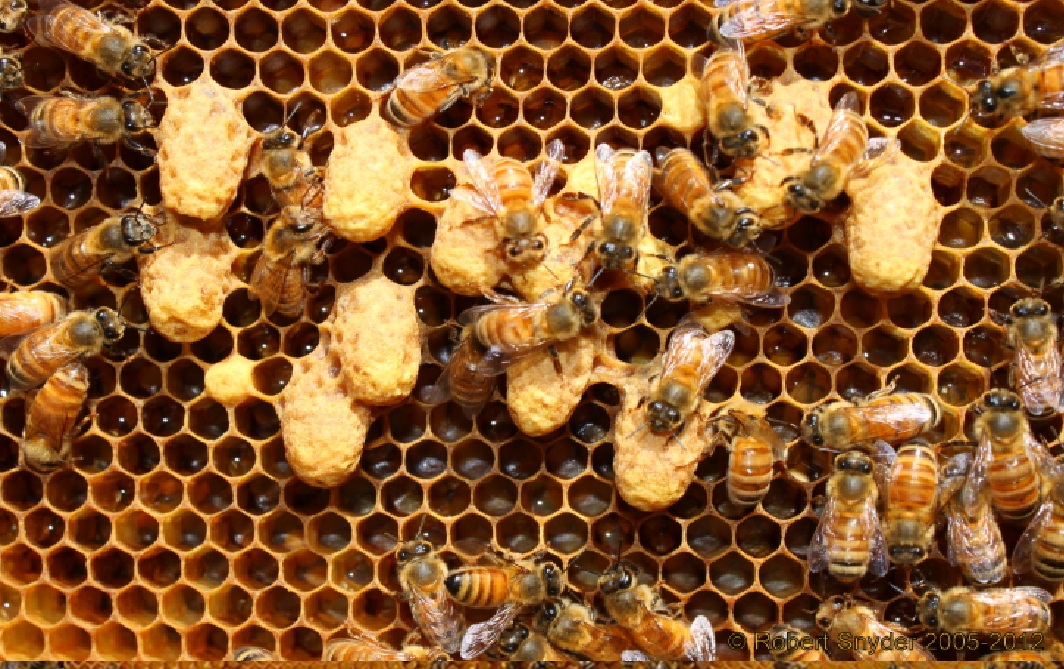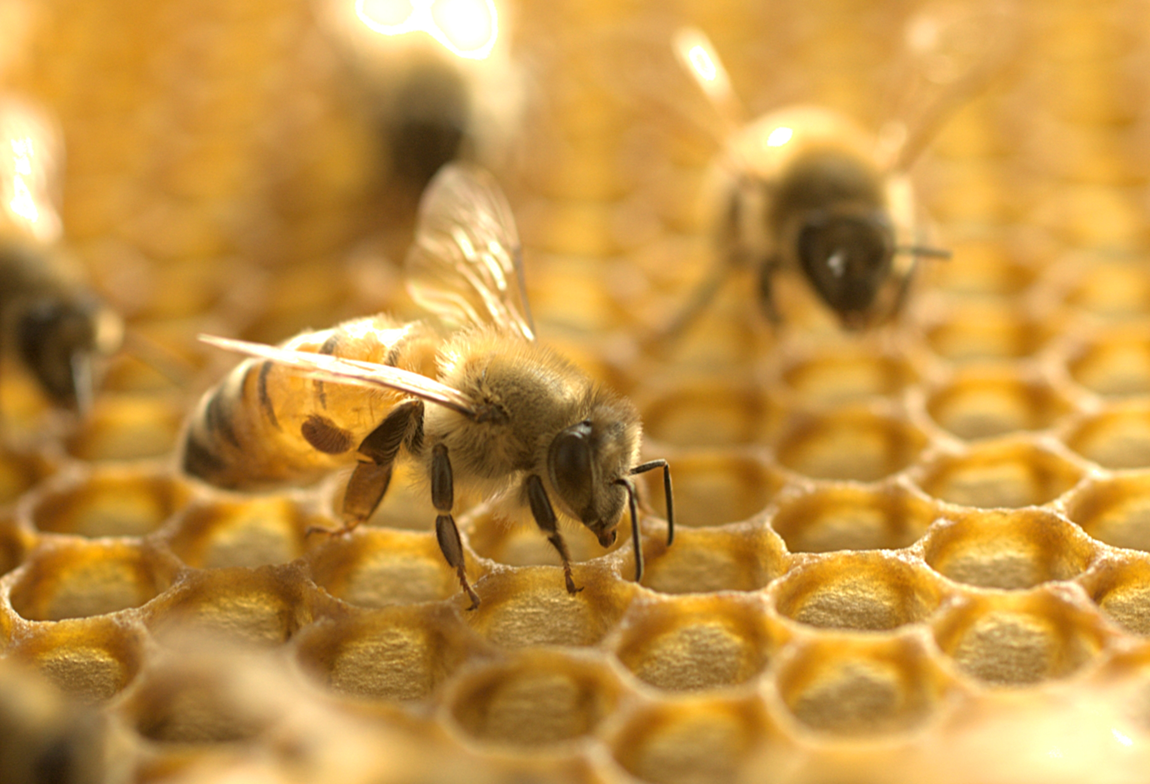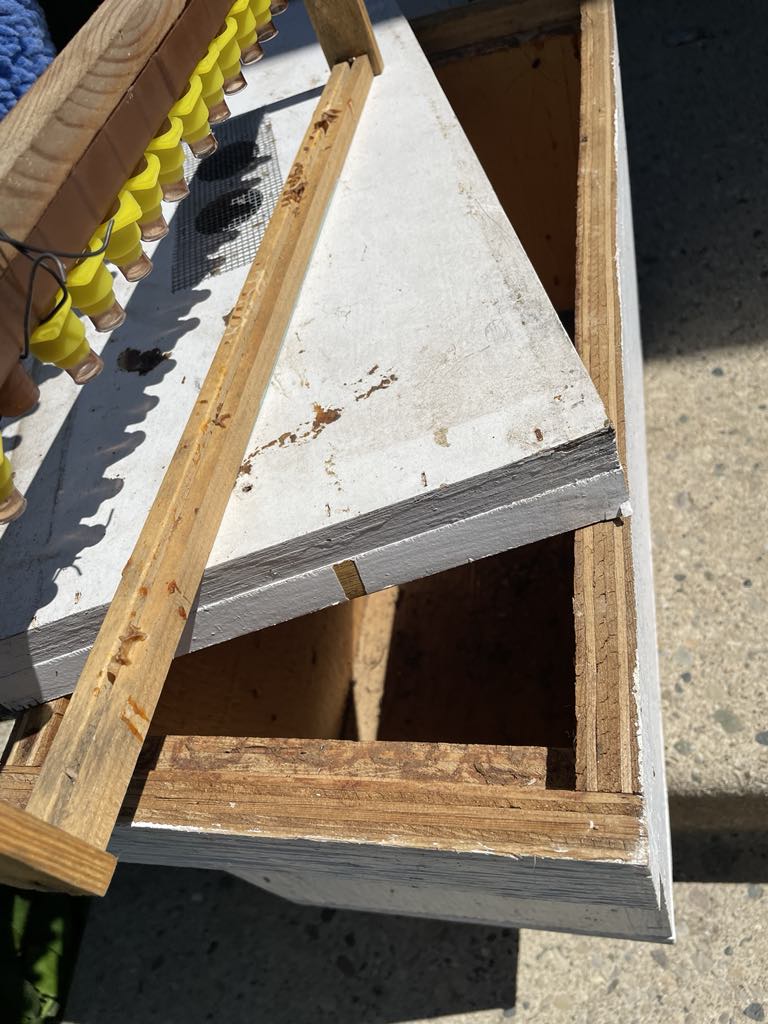
For three years we had excellent results with overwintering, varroa mite resistance, and honey or Brood production. However, we had Russian crosses and they were hot. One day they chased me down the road about 150-175′.
The point of this story is that the information in this blog is my experiences. There are so many factors that effect the results of beekeeping that it is impossible to say ‘This is the right way to do something.’
Instead, l am sharing this information so that you can avoid some of the mistakes I made, and so that you can make an educated plan, instead of needing to guess, and trial and error, like we did.
It is also important to remember that we are in growing zone 6a, near a major lake.
Some breeders focus on the honey production. We do not use this as a factor. If we breed queens that use up all of their 1.7 million eggs in the shortest time possible, then the bees will out breed varroa (or, the beekeeper will become a varroa breeder not beekeeper, depending on their management practices). A queen can lay up to 2000 eggs a day. (Bozina 1961).
Honeybees replace a resident mother queen with one of her daughters, which is known as supersedure (Butler 1957; Winston 1991) When you focus on queens that will lay fast, you have a hive that quickly recovers from swarming, splitting, varroa, dearth, a bad winter. If the queen also lacks the swarming behavior, then you have a very full hive that will produce a lot of honey. So, we do not focus on any hive that produces a lot of honey. But, we do look for hives that can be forced into producing more wax in the ‘off season.’

Why we look for hives that replace queens?
This is something that we have held onto after the years of breeding the Russian crosses. We let these bees requeen themselves. When we had queen cells, we would make a split. We would make sure the splits had young brood and the bees made new queens easily.
This might have been one factor to the bee’s ability to out breed varroa mite. Russians do have a ‘natural’ or developed ability to out perform, resist, or kill varroa.
For me, this behavior is worth keeping, based on economy. It appears that it is much easier for the hive to realize a queen is declining. Lowering the bee’s tolerance for a poor queen, or a queen that is slowing down laying eggs, or running out of sperm, etc. will (hypothetically) improve the hive’s ability to out perform varroa mite. The problem is, we can only guess why the bees are rejecting their queen.
When we give the bee’s the opportunity to pick the best eggs to become new queens, worked for us. We had no problem with requeening, or hives that faded in the fall.
We also noticed that the Russian virgins mate fast and build up fast, put the responsibility of survival on the professionals – the bees. Even now when John and I discuss the attributes of the Russian bees he still says, with a laugh, “You couldn’t get rid of them. The hives were always full,’ John.
If these bees were not so hot then we would still be breeding the Russians. This is not feasible so we are looking at similar behaviors in a calmer bee.
puts the ‘job’ of monitoring queens on the colony and not the beekeeper – in theory.
Statistics show that queens who breed with 30+ males have less varroa in the hive. (unverified). Statistics also show that the number of sperm a queen typically puts in an egg declines from an average of 5 to an average of 2 by 15 months. This causes a problem for many urban beekeepers as queens are less likely to swarm in year 2. Why? First, my thoughts are, because she is producing less, or genetically poorer bees, so the breeding response (swarm) is cut in half. (Baer Collins, 2016)
There is also evidence that queens bred locally have 4x more sperm than ‘farmed’ queens. Taking into account that bees only keep an average of 3-5% of the sperm in their spermatheca, we are looking at potentially closer to the 5%, or we are looking at greater genetic diversity.
As someone who understands the importance of diversity in line breeding, this is a vital aspect of breeding that cannot be overlooked or your colonies of breeders will become inbred, quickly.
There are two reasons for this. First, many queens do not make it 1 mile away before breeding, they are ‘caught’ by drones from the bee yard.
Second, because the nurse bees are able to identify bees which are inbred and will remove the larva from the cells.
Because of these ‘other factors’ we find that we need 10 hives to generate enough data to make an educated guess, instead of just doing what feels right.
Baer B, Collins J, Maalaps K, den Boer SP. Sperm use economy of honeybee (Apis mellifera) queens. Ecol Evol. 2016 Mar 22;6(9):2877-85. doi: 10.1002/ece3.2075. PMID: 27217944; PMCID: PMC4863013.
Bozina, K. D. 1961. How long does the queen live? Pchelovodstvo 38:13 (in Russian).
Butler, C. G. 1957. The process of queen supersedure in colonies of honeybees (Apis mellifera Linn.). Insectes Soc. 4:211–223
Winston, M. L. 1991. The biology of the honey bee. Harvard University Press, Cambridge, MA.
Read More:
Sperm use economy of honeybee (Apis mellifera) queens – PMC
Breeding Varroa Resistance into Honey Bees – Youtube.

